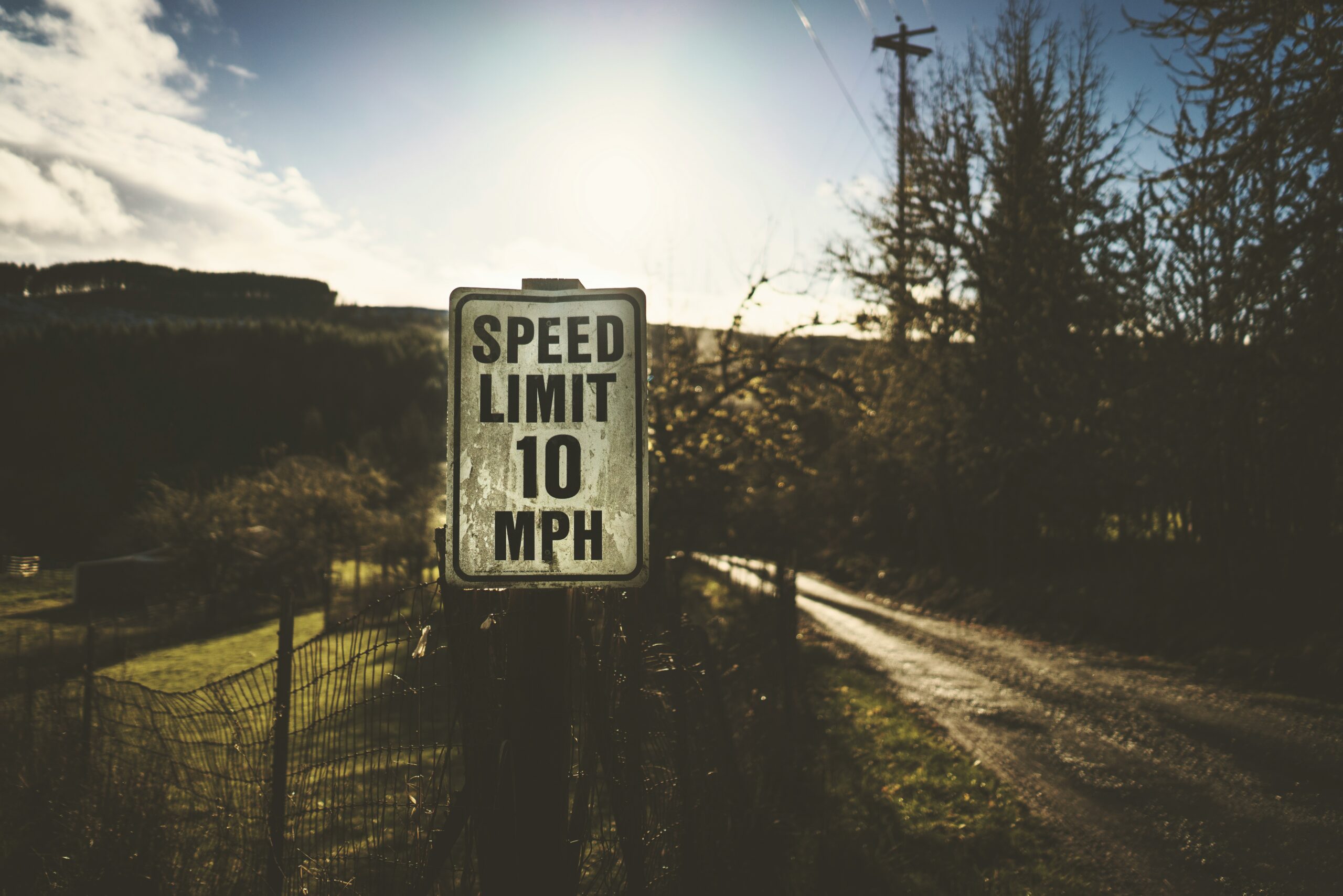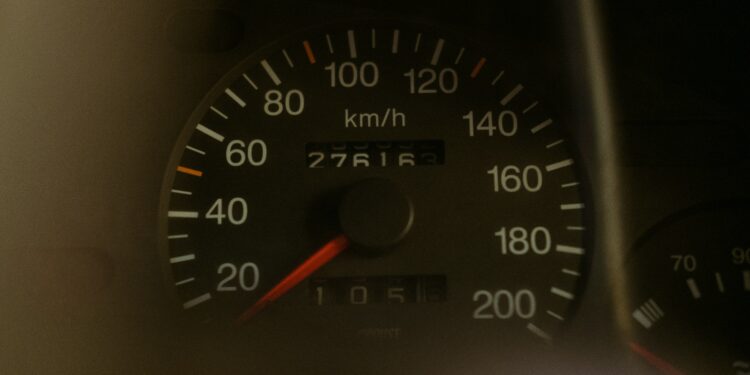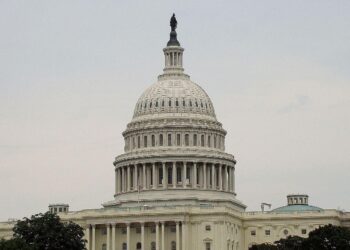Maryland is about to make drivers’ lives harder with new fines from speed cameras, fines that can go as high as $425. Lawmakers, led by Gov. Wes Moore, call it a safety measure, but for ordinary citizens, it feels like another way to squeeze money out of people. This is not about saving lives, it is about building another cash machine for the state. Cameras don’t understand context. They don’t know if someone is rushing to the hospital, fleeing danger, or trying to save a life. They only know numbers, and that means more tickets, more fines, and more citizens struggling with costs.
Cameras Cannot Replace Real Police
The biggest problem here is simple: speed cameras are not police officers. They cannot chase down reckless drivers weaving in and out of lanes. They cannot stop drunk drivers at 2 a.m. They cannot check cars that are unfit for the road. They cannot protect pedestrians, children, or vulnerable people on the street. Cameras just snap a picture and mail a bill. That is not safety. That is laziness disguised as law enforcement.
If the state truly cares about safety, then it must invest in better-trained, more present, and more community-focused police officers, not more blinking cameras. Police officers can talk to drivers, educate them, issue warnings when needed, and make judgment calls. A machine cannot.

The Human Side of the Story
Everyday residents like Francine Terry share stories of near misses on the road, and that fear is real. But fear will not disappear just because a fine is higher. If drivers are reckless, they need human intervention, not another piece of technology. The real solution is more patrol cars on the streets, more officers stationed around schools, and more accountability for those who choose to drive dangerously.
Baltimore resident Wayne Garrison said the fines are “a deterrent.” But is it really? Loyola student Riley Taymans spoke for many when she said, “That’s kind of annoying in a way.” She is right. Annoying, costly, and disconnected from reality. Because reckless drivers with money will still pay the fine and speed again tomorrow. Nothing changes.
More Cost, Less Trust
For the working-class citizen, $120 or $230 is not just a fine, it is food off the table, rent delayed, or bills unpaid. The fines are structured to hurt ordinary drivers, while repeat offenders and the wealthy hardly blink. Instead of building trust between the state and its citizens, Maryland is building resentment. People are already struggling with high living costs. Adding steep fines for minor speed limits crossed by a few miles is nothing but cruelty.
What Maryland Actually Needs
Maryland needs real investment in traffic safety. That means:
- More community policing on the roads.
- Police officers trained in handling reckless drivers, drunk drivers, and emergency situations.
- Road designs that slow down traffic naturally, not artificial speed traps.
- Education campaigns in schools and communities about safe driving.
- This is how you change behavior, not by mailing fines.
Bottom Line
If lawmakers truly want to reduce accidents, why do they keep investing in cameras instead of people? Could it be because cameras bring money, while police reform takes effort? Could it be because fines are easier to collect than actually fixing the broken system of road safety? Citizens deserve answers.
Enough With the Cameras
Maryland must stop hiding behind cameras and start standing behind its citizens. Safety is not a bill in the mailbox. Safety is seeing a police officer on the corner who can help when something goes wrong. Safety is knowing that the state values people more than profit.
If Gov. Wes Moore and lawmakers want to build a safer Maryland, they must stop relying on useless machines and start investing in real human solutions. Because no family should lose food, rent, or peace of mind just to feed another camera.

















